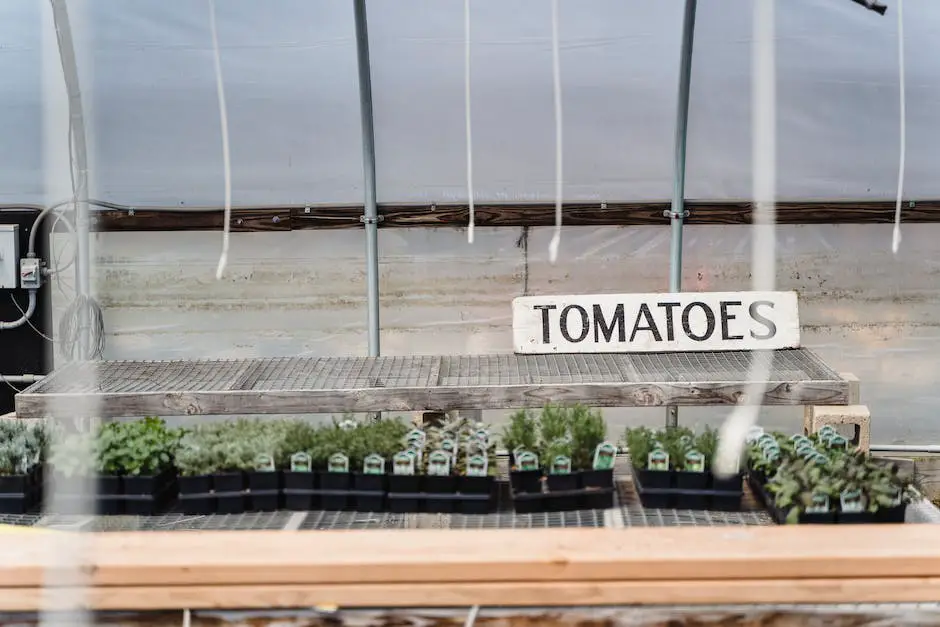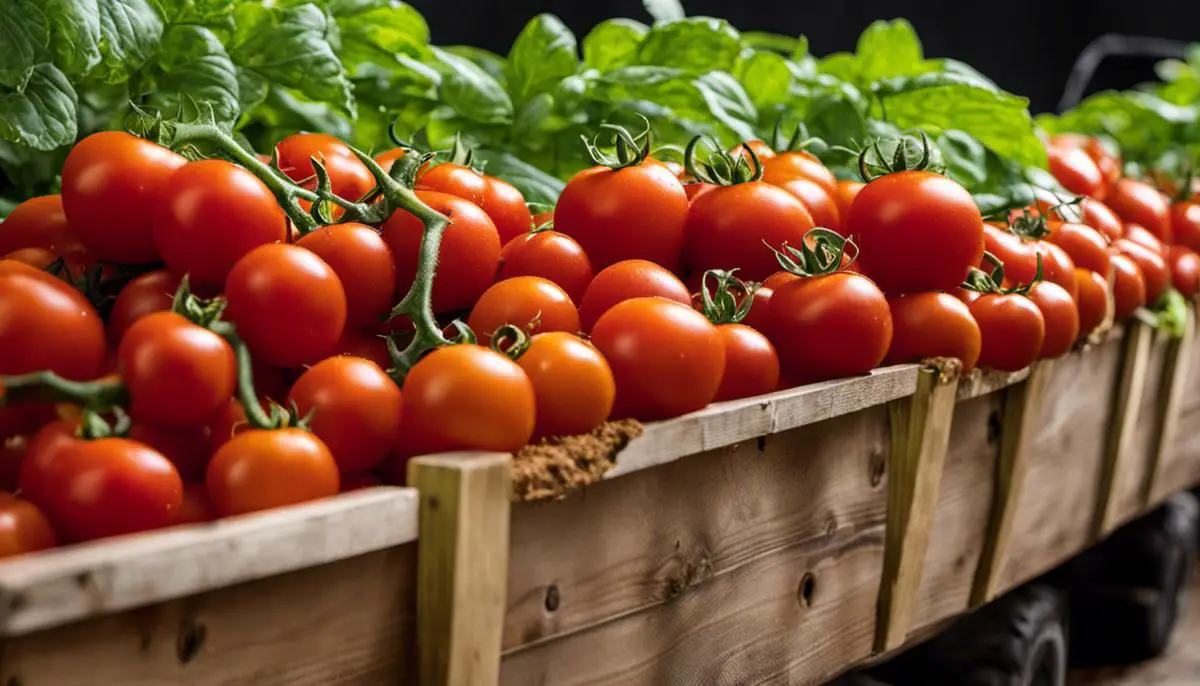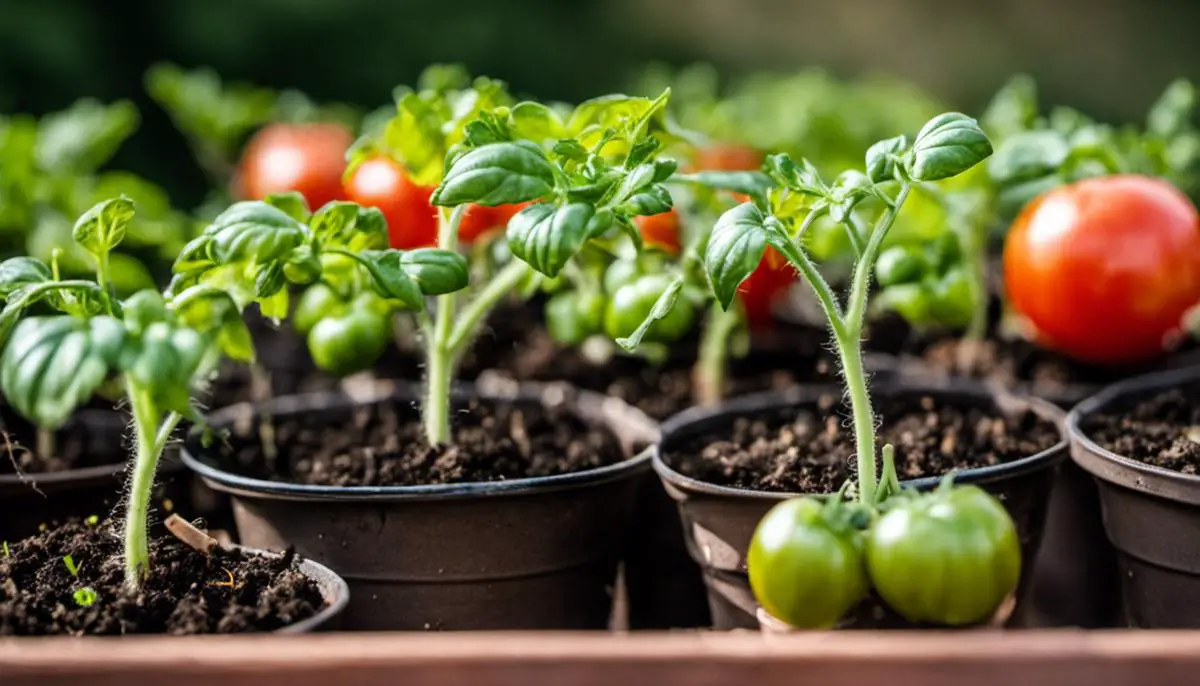Table of Contents
Gaining understanding and harnessing the revolutionizing power of hydroponics can be an exciting endeavor, especially when focused on the flavorful delight that is the tomato. With nuanced elements forming both its theoretical foundation and practical application, hydroponics is a futuristic avenue of sustainable agriculture that deserves our attention. This article navigates through the intricate world of hydroponics, bringing to light its principles, types of systems, and specific focus on the cultivation of tomatoes, which many consider the crown jewel of the hydroponics yield. Moreover, it delves not only into the numerous benefits of hydroponic tomatoes but also rigorously examines the various challenges that one might encounter in this unique agricultural world. Lastly, readers aspiring to try their hand at hydroponic tomato cultivation will be guided through a comprehensive, step-by-step process from seedling to harvest.
Basics of Hydroponics
Hydroponics
Hydroponics is a soil-less farming technique in which plants are grown in water-based nutrient-rich solutions instead of traditional soil. This method allows the plant to intake its nutrition directly from the solution, bypassing the need for soil. Hydroponics may seem like a complex scientific approach, but it can be easily understood once the primary principles and components are explained.
Key Elements of Hydroponics
The success of hydroponics revolves around five key elements: water, nutrients, light, temperature, and pH level. To ensure the growth of plants, a hydroponic system should consistently provide these elements in the right proportion depending on the growth requirements of different plants.
Types of Hydroponic Systems
There are six main types of hydroponic systems:
- Wick system: Utilizes a wick to draw the nutrient solution into the root zone.
- Deep water culture system: Involves suspending the plant roots in a nutrient-rich water solution with an air stone providing oxygen to the roots.
- Nutrient film technique: A thin film of nutrient solution is recirculated over the roots of the planted crops.
- Ebb and flow system: Temporarily floods the plant root zone with nutrient solution and then drains the solution back out.
- Aeroponic system: Mists the roots with nutrient solution.
- Drip system: Gradually drips the nutrient solution onto the plant roots.
Each system is designed to deliver water and nutrients to plants in specific ways and each comes with its own set of advantages and unique maintenance methods.
Best Hydroponic Systems for Growing Tomatoes
For growing hydroponic tomatoes, ebb and flow systems and deep water culture systems are among the best choices. They maintain a good balance of nutrient supply and aeration to the roots that tomatoes demand. Also, considering the large size that a tomato plant can attain, these systems provide adequate support and suitable conditions for the plants to thrive.
Nutritional Requirements for Hydroponic Tomatoes
In terms of nutrition, hydroponic tomatoes require various nutrients for their growth. Key nutrients such as nitrogen, potassium, phosphorus, calcium, and magnesium are essential. Moreover, the pH of the solution should be maintained between 5.5 and 6.5 to facilitate the absorption of these nutrients.
Lighting Requirements for Hydroponic Tomatoes
Providing light for hydroponic tomatoes is also an essential factor. Whether you are using a natural source or artificial grow lights, tomatoes require high levels of light. They can take anywhere from 10 to up to 18 hours of light per day.
Temperature Range for Growing Hydroponic Tomatoes
The ideal temperature range for growing hydroponic tomatoes is between 70 to 79 degrees Fahrenheit.
Final Considerations
The use of hydroponics as a method of growing plants asks for meticulous observation and maintenance of key variables and conditions. Regular checks on the system can largely dictate the overall success of the crop growth. Still, when effectively managed, it’s worth noting that hydroponic tomatoes have the ability to yield a significantly abundant crop within a very compact space and over a comparably short duration of time.

Benefits and Challenges of Growing Hydroponic Tomatoes
The Taste and Quality of Hydroponically Grown Tomatoes
When compared to their traditional dirt-based counterparts, hydroponically grown tomatoes are often praised for their outshining taste and quality. By utilizing a nutrient-rich water mixture in place of regular soil, these hydroponic systems allow growers to have meticulous control over the nourishment the tomatoes receive. This provides the unique ability to fine-tune factors such as taste, color, texture, and overall nutritional content. The end product being hydroponic tomatoes that are fuller, brighter, and bursting with flavor. Furthermore, the absence of any soil eradicates the risk of soil-borne diseases, consequently leading to higher quality and increased yield of the tomato fruits.
Year-Round Production
Another significant benefit of hydroponics is that it allows for year-round production of tomatoes. In traditional farming, tomato cultivation is dependent on the season, weather, and climate. In hydroponics, because the system is contained and the conditions are controlled, tomatoes can be grown at any time of the year. This constant supply can meet year-round consumer demand, which can be highly beneficial for commercial tomato producers or anyone aspiring to have fresh tomatoes throughout the year.
Environmental Advantages
Hydroponic growing methods also offer several environmental advantages. They use significantly less water than traditional methods since the water in the system is recycled, reducing overall usage. Moreover, hydroponic systems don’t require the amount of land needed for traditional farming, potentially reducing deforestation and loss of biodiversity. Furthermore, because hydroponics doesn’t use soil, there’s no contribution to soil erosion or degradation, making it a more sustainable option.
Pests and Diseases in Hydroponics
Every growing method has its challenges, and hydroponics is no exception. One of the main challenges is managing pests and diseases in a hydroponic system. Without good hygiene and system management, pests like aphids, whiteflies, and spider mites can become a problem. Diseases such as Pythium, a root rot disease, can also develop in the warmth and water of a hydroponics system.
Technical Complications
Technical complications are another challenge in hydroponic tomato growth. Although hydroponic systems aren’t necessarily hard to set up, they can be tricky to manage over time. Ensuring the precise balance of nutrients, maintaining the right water pH, monitoring lighting, and controlling temperature can be time-consuming and complex tasks. It often requires a degree of knowledge and experience to properly manage and troubleshoot a hydroponic system.
Understanding the Initial Investment in Hydroponic Tomatoes
While delving into the world of hydroponic tomatoes, it’s critical to understand the initial investment involved. The setup, which comprises tanks, pumps, grow lights, and climate control devices, can be pricey. Moreover, the operational costs, especially related to lighting and temperature management, can result in an increase in your utility budget. However, these expenses should be considered as an investment rather than a cost. The potential gains in terms of quantity and quality of the harvested tomatoes can make this initial expenditure well worth it in the long run.

Step-by-Step Guide to Growing Hydroponic Tomatoes
Selecting the Perfect Tomato Seedlings for Hydroponics
When embarking on the journey of growing hydroponic tomatoes, the initial, pivotal step is the selection of the right seedlings. It is recommended to choose indeterminate varieties of tomatoes, which are not constrained by growth limits and provide fruits throughout the season. This is in contrast to determinate varieties, which grow to a fixed size and then cease production. Some popular indeterminate varieties include ‘Cherry’, ‘Big Beef’, ‘Beefsteak’, and ‘Sweet Million’. Along with the correct variety, it is vitally important to select healthy seedlings, characterized by vibrant green leaves, a strong stem, and identifiable signs of pest or disease-free growth.
Setting up the hydroponic system
Setting up a hydroponic system may seem daunting at first, but with a little planning and preparation, it becomes manageable. Firstly, choose a type of hydroponic system. Some common types include nutrient film technique (NFT), deep water culture (DWC), and ebb and flow. Secondly, select a location that is temperature-controlled and has access to sunlight or an artificial light source. Finally, fill the system with water and add the necessary nutrients before inserting the tomato seedlings.
Maintaining proper nutrients and pH levels
Tomatoes are heavy feeders, meaning they require a rich nutrient solution to thrive. This solution should include both macronutrients (nitrogen, phosphorus, potassium) and micronutrients (calcium, magnesium, sulfur, and trace elements). Regularly test the pH level, as tomatoes prefer a slightly acidic environment with a pH of around 5.5 to 6.5. Too high or too low pH levels can prevent the tomatoes from absorbing nutrients properly.
Harvesting the Tomatoes
One indication that tomatoes are ready for harvesting is their color. The fruit should be uniformly red or the color according to the variety you are growing. Another sign is the firmness of the tomato; ripe tomatoes should still feel firm but not hard when squeezed gently. Regular harvesting encourages continuous production.
Troubleshooting common issues
Despite best efforts, problems can arise when growing hydroponic tomatoes. For example, yellow leaves can indicate nutrient deficiency or a pH imbalance, while wilting or drooping might suggest overwatering or root disease. Additionally, if flowers appear but do not set fruit, this might reveal a lack of pollination—something that would occur naturally outdoors, but not necessarily in an indoor hydroponic setup. Therefore, manual pollination using a small brush to transfer pollen from the male to the female part of the flower might be required.
Tips for Growing Hydroponic Tomatoes
Remember to monitor the temperature—tomatoes prefer a range of 65 to 75 degrees Fahrenheit during the day and a slightly lower range at night. Ensuring air circulation can help to prevent a buildup of humidity and fungus. Regularly prune your plants to encourage increased fruit production and heightened overall plant health. Lastly, patience is key as the growth rate can be accelerated, but it still takes time for tomatoes to mature.

Indeed, the journey through hydroponics and its interaction with tomato cultivation is characterized by a spectrum of opportunities and challenges. Embracing this novel approach brings the reward of quality and tasty tomatoes, as well as potential environmental benefits. Concurrently, the path also brings unique obstacles including pests, diseases, and technical difficulties. However, these challenges exist to elevate your hydroponic journey from a mere experience to a learning saga that equips you to harvest not just tomatoes, but also knowledge. This comprehensive guide clarifies one’s understanding of hydroponics, elucidates the pros and cons, and most crucially provides systematic, practical guidance to growing luscious hydroponic tomatoes. Navigate this world seamlessly with newfound knowledge, and may your hydroponic endeavors thrive and flourish.
